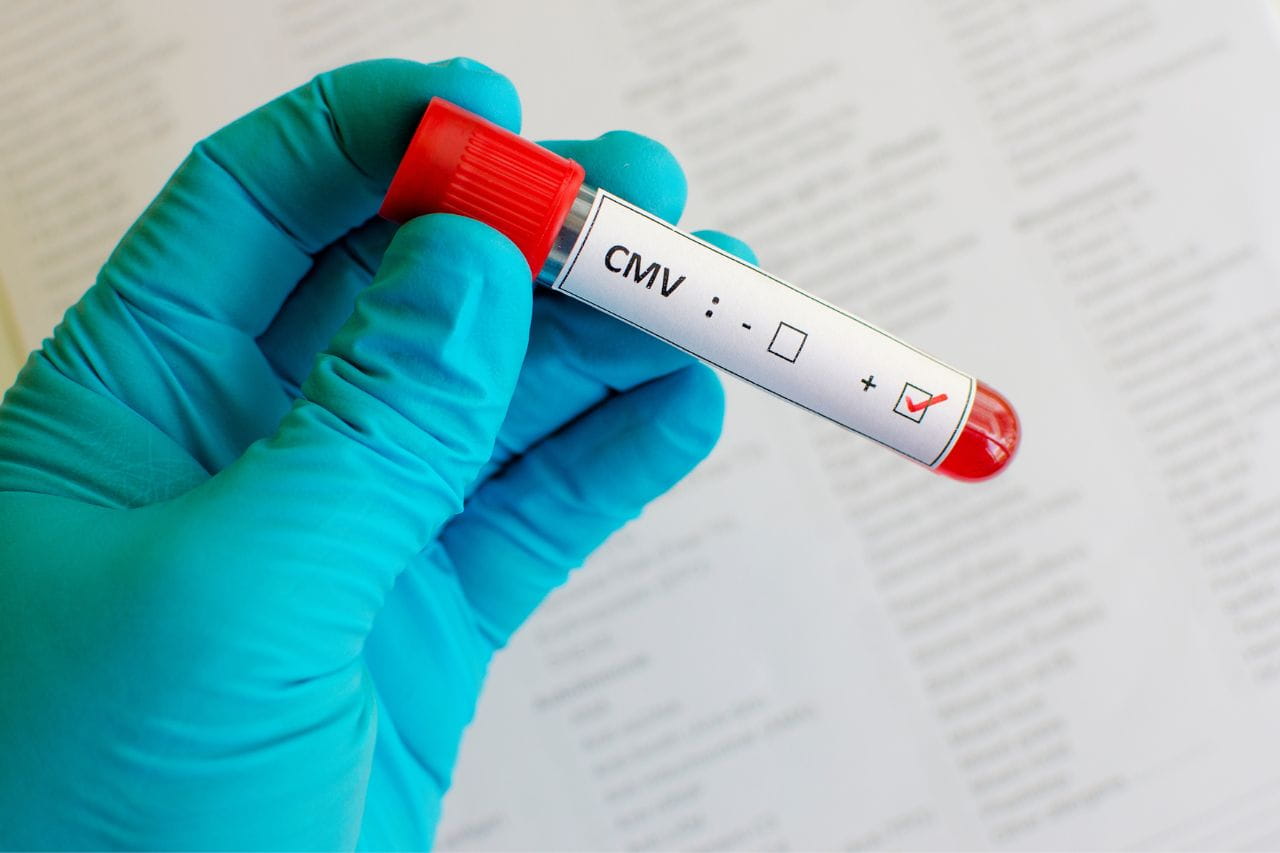Symptoms of Lyme Disease

Most people correctly associate Lyme disease with tick bites. However, many don’t know the signs to look for or consider that symptoms they’re experiencing could be due to the illness unless they’ve knowingly experienced a tick bite.
Named for the Connecticut town of Lyme, where it was first identified, the disease can cause severe complications if left untreated, including:
- Arthritis
- Cognitive issues
- Neurological disorders, including facial paralysis
Consequently, it’s crucial to avoid the condition if possible, recognize the possibility of Lyme disease exposure, and seek treatment immediately. Prevention, detection, and prompt antibiotic treatment can help ensure Lyme disease doesn’t cause long-term health problems.
Spotting Lyme Disease
Many of the initial symptoms of Lyme disease that occur within the first 30 days can easily be mistaken for those of other conditions. As a result, it’s crucial to recognize the combination of symptoms and recent outdoor activities when considering your potential for Lyme disease.
Understanding that Lyme disease develops in three distinct stages is also helpful.
Lyme disease stage 1
This stage, referred to as early localized disease, occurs 3 to 30 days after a tick bite and features a limited set of symptoms. The most common (though not always present) is a rash (called erythema migrans or EM rash) that appears as a single circle around the bite location and slowly spreads.
In time, it may start to look like a bullseye with a clear center. The rash usually isn’t painful or itchy, but it may be warm to the touch.
Other possible stage 1 symptoms include:
- Headache
- Fever
- Chills
- Muscle aches and pains
- Fatigue
- Joint stiffness
- Swollen lymph nodes
Lyme disease stage 2
Stage 2, called early disseminated disease, produces more serious and widespread symptoms, including:
- Neck stiffness or pain
- Additional rashes in other areas of the body
- Pain in the back and hips that spreads to the legs
- Muscle weakness on one or both sides of the face
- Irregular heartbeats due to immune system activity in heart tissue
- Painful swelling in eye or eyelid tissues
- Pain or vision loss from immune system activity in eye nerves
- Weakness, numbness, or pain in the hands or feet
Lyme disease stage 3
Known as late disseminated disease, stage 3 begins 2 to 12 months after the tick bite. It involves previous symptoms plus others. The most common new symptom is severe pain and swelling in large joints, especially the knees. The pain may linger or come and go.
In some cases, Lyme disease can cause severe health problems like inflammation of the eyes, liver, spinal cord, or brain.
When to See a Doctor About Lyme Disease
While anyone can contract the condition, it’s not uncommon for parents to notice Lyme disease symptoms in children, who often spend many hours outside in the summertime and may encounter ticks.
If you or your child experience Lyme disease symptoms and live in a rural area (or have recently visited a place known for ticks or Lyme disease), contact your Baptist Health primary care physician immediately. The sooner you receive treatment, the less likely it is that you’ll experience severe symptoms.
Get information on protecting yourself and your children from tick bites so you can safely enjoy the great outdoors.



